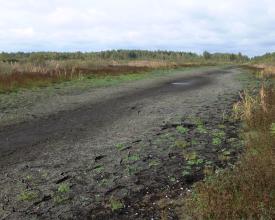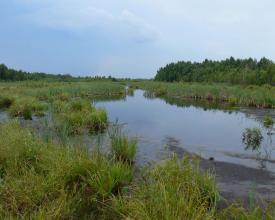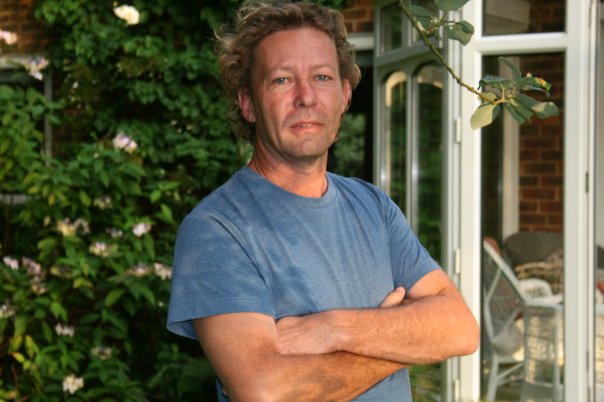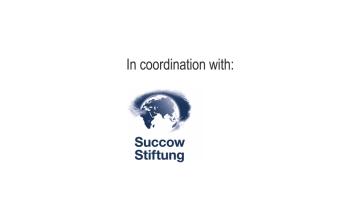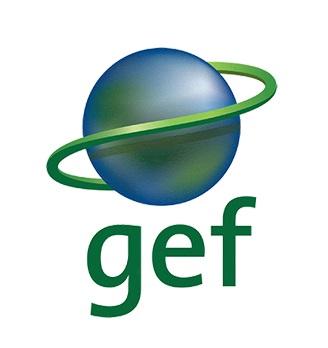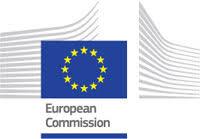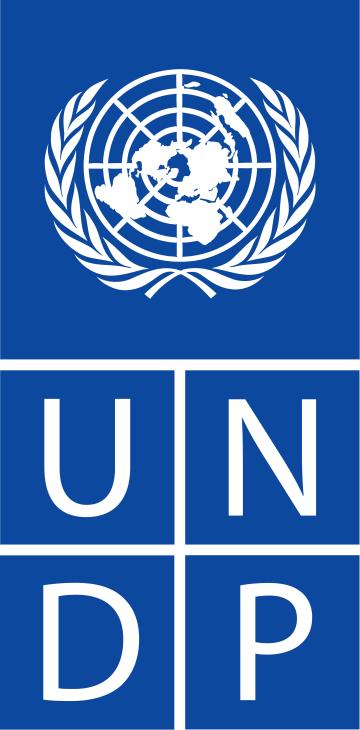
Belarus’ model for restoration of temperate peatlands
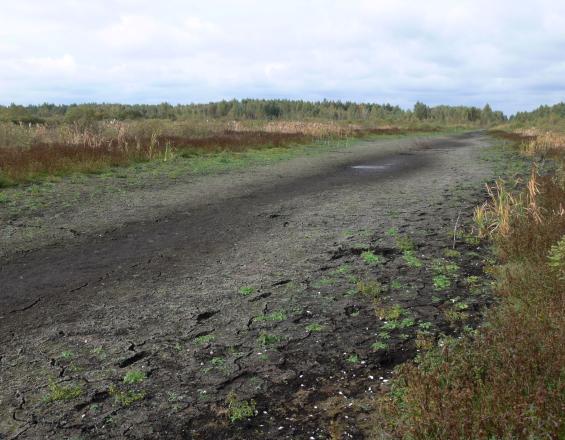
Temperate peatlands are home for numerous threatened species and are vital human development for their services in climate regulation, regulation of fires, erosion, and floods. Temperate peatlands are abundant in Europe and particularly in Belarus. Although peatlands emit methane and nitrous oxide, they also sequester carbon dioxide and in the long-run pristine peatlands are climate-coolers. However, once pristine peatlands are disrupted by drainage for fuel or for arable farming, the carbon which they store is released into the atmosphere through peat oxidization and fires. Over 1.5 mln ha of peatlands in Belarus have been disrupted by drainage in the past. UNDP partnered with Government of Belarus and international organizations to create a model of peatland rehabilitation. Over 50,000 ha of peatlands have been restored since the start of these activities in 2009. There is stabilization of water- bird populations at the restored sites and almost complete cessation of peat mineralization and fires.
Context
Challenges addressed
Temperate peatlands are some of the world’s irreplaceable natural resource. They are home for numerous threatened species and are one of the planet’s major carbon pools. In Belarus, peatlands cover some 2.6 mln ha, of which more than 1.5 mln have degraded. This was due to large-scale disturbance of the hydrological regime of these ecosystems following drainage for industrial-scale extraction of peat for fuel in the past. Loss of peatlands presented threats to several threatened species: e.g. Aquatic Warbler who has in Belarus’ peatlands over 60% of its global population. In 2009 there was increasing pressure to allocate new land – even in protected areas – for peat extraction. Extensive areas of worked-out peat deposits lay abandoned, increasing the risk of peat fires. UNDP-funded research back in 2009 demonstrated urgent need to take prompt action to restore the ecological integrity of the degraded peatlands to conserve biodiversity, reduce carbon emissions, and remove health risks.
Location
Process
Summary of the process
The three building blocks are consecutive. There is a need for research on the problem and proposing a technical solution (Block 1). Then there needs to be demonstration of that solution on the ground (Block 2). Finally, when there is evidence of effectiveness of the two previous blocks, time is ripe to fix the long term sustainabilty and replication, which in the case of Belarus was done through the adoption of the All Peatlands Action Plan by the Council of Ministers (Block 3).
By 2019, over 32,000 ha of peatlands in Belarus have been restored additionally without any donor engagement, on top of the 22,397 ha targeted by the GEF project. The total area of degraded peatlands in Belarus thus is shrinking every year, brining back life to these unique ecosystems.
The Belarus know-how, developed by Dr. Kozulin’s team, has been applied in Russia, under projects financed by the Germany’s International Climate Initiative and implemented jointly with Wetlands International and local governments. Over 40,000 ha of peatlands in Russia have been restored by 2019 using this know how. Dr. Kozulin’s methodology was also used by the ClimaEast Project in Ukraine, which restored around 3,000 ha of agricultural peatlands.
Building Blocks
Restoration Know-How
A technical guidebook was developed on affordable approaches to peatland restoration. The key challenge was to bring together specialists from different fields (hydrology, biology, soil sciences, economy) to work together on developing a single most sustainable solution for each peatland; the process, therefore, involved a lot of learning and benefited from advice of German and British experts. The resulting know-how was approved as a Code of Best Practices, becoming a standard in peatland restoration in Belarus. The restoration approach relies on using local material and in a very few cases on more solid (concrete) constructions to block drainage ditches and thus stop/prevent water from running-off peatlands. The blocking constructions can be regulated if needed, allowing to adjust water level in the peatland as needed. An algorithm has been developed for identifying how many such constructions would need to be placed and where, depending on area size, elevation, and condition of the drainage ditches. (Further details on the technical aspects of the restoration approach can be found in the Guidebook itself). The re-wetting of temperate peatlands, as developed by a team of specialists led by Dr. Alexander Kozulin, can prevent emissions, restore hydrology, recreate habitat of water-birds and trigger re-start of peat accumulation.
Enabling factors
- specialists from different fields (hydrology, biology, soil sciences, economy) willing to learn and collaboration for developing single sustainable solution for each given peatland,
- advice from leading peatland researchers (Greifwald Institute Germany, and RSPB, UK),
- Government willing to accept a long-term sustainable natural resource management as opposed to possible short term benefits that can be derived from immediate use of peatlands for fuel or agriculture.
Lesson learned
- For rewetting to be successful, there is a need for careful land altitude modelling, especially in case when there are signficant altitudinal changes across the peatland.
- There is a need for careful monitoring of the hydrotechnical facilities after rewetting, to make sure they function exactly as planned and to repair them on time in case of need.
- It is important that the hydrotechnical facilities constructed as part of the rewetting have a clear owner/manager, responsible for their maintenance and observance of the post-restoration groundwater table level.
- Cost of restoration may vary. Belarus case has proven that there is no need for expensive constructions works (local materials can well serve the purpose), and no need for assisted re-vegetation / reseeding; most wetland communities return together with the return of the groundwater.
Detained technical information (with examples and pictures) can be found in the Peatland Restoration Guide for which the link has been provided.
Resources
Demonstrating restoration in-situ
With the co-funding from the Global Environment Facility, 22,397 ha of degraded peatlands were restored between 2009 and 2011. Restoration at these 10 sites helped stop annual emission of about 448,000 tons of CO2 from peatland fires and mineralization, and saving the country tens of millions of dollars in fire-fighting operations. Already one year after rehabilitation most sites showed re-emergence of typical wetland vegetation (primarily Sedge communities) and its domination over trees and shrubs (pictures attached). The density of water-birds increased by 12-16%. At the re-created wetlands scientists recorded the IUCN-listed Aquatic Warbler (VU), Greater spotted eagle (VU), Black-tailed godwit (NT), as well as other wetland species previously lost from these areas, such as Common snipe, Reed bunting, Lapwing, Sedge warbler, Great reed warbler. Restoration cost (from engineering design to having water level restored) has been around US$50/ha. Restoration mostly involved use of local materials and local labor. Since 2011, restoration of peatlands at other sites continued without external donor support.
Enabling factors
- adoption and acceptance of technical standards mentioned in the previous building block is important for success of restoration on the ground.
Lesson learned
- rewetting peatlands through closing of the drainage canals and ditches is a natural solution which is the only effective way of addressing peat fires. The water does return even if it seems that it has gone completely from the peatland.
Resolving the future of all peatlands in Belarus.
Once the environmental, economic and health benefits of restoration been nationally acknowledged, The Council of Ministers adopted the Strategy for Sustainable Use and Categorization of All Peatlands, in 2015. This policy prevents any future loss of peatlands, allowing peat extraction only where no biodiversity loss would be caused and requiring mandatory re-wetting after extraction or agricultural use. Ownership and management of peatland during their use/protection, during and after restoration, and the saving mechanism to set aside funding for restoration have been all clarified in national regulations.
Enabling factors
- clear demonstration of economic and environmental benefits through on the ground demonstration is the most convincing argument for the Government to adopt a long term decision that is favorable for the ecosystem and people.
- it took about 10 years between the first studies on biodiversity loss on peatlands and adoption of the long term vision for peatlands sustainabilty. Time is an important factor in achieving a positive transformative change.
Lesson learned
- it is possible to resolve an issue as complex as this, when Government, international communities and researchers come together and agree to proceed towards a common goal.
Impacts
- Restoration of 1 ha of a degraded temperate peatlands prevents the release of app. 5.5 CO2-eq/year.
- No fires occurred on the restored areas.
- All restored sites demonstrate quick (2 years after completion of restoration) re-appearance of wetland vegetation and return of water-birds.
- Many restored areas have become popular tourism attractions, amateur fishing sites and cranberry picking places.
- Stabilization of Sedge communities, and water-bird species such as Aquatic Warbler, Greater Spotted Eagle, Corncrake.
Beneficiaries
- Globally threatened species (Aquality Warbler, Greater Spotted Eagle, rare plants).
- Government, as a bearer of peat fire fighting costs.
- Local communities who have been unable to benefit from peatlands in degraded state.
Sustainable Development Goals
Story
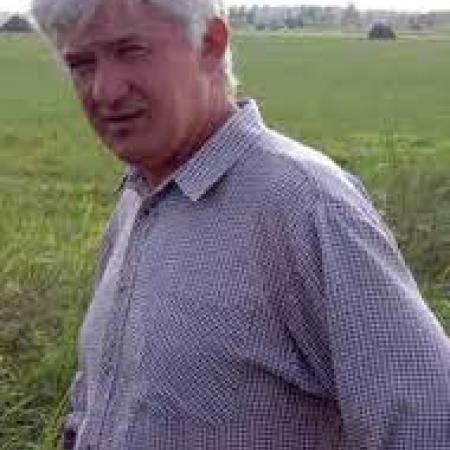
“Belarus used to be described as the ‘land of mires’. My childhood was spent surrounded on all sides by peatlands and woods. As a young boy, I would go hunting with my father and older brother, and cranberry-picking with my mother and the women from the village. These formative years spent in the countryside determined my choice of path in life. In the 1990s, when I was a research at the Academy of Sciences we observed a decline in the number of many waterfowl species. Our research showed that this was correlated with the degradation of mire ecosystems, resulting from drainage. The unabated effects of drainage were responsible for loss soil, vegetation, habitat of species, as well as for peat fires. We were risking losing populations of species, such as Aquatic Warbler, for which our country is globally responsible: our peatlands are home to over 60% of its global population. We were also losing populations of Greater Spotted Eagle, Corncrake, numerous rare plants. Millions of hectares of land laid abandoned, and caught fire, affecting peoples health, releasing tons of carbon into the air, and entailing millions of dollars of investment in fire fighting operations. Back in 2008 this situation was definitely far from sustainable, so when, after completion of our studies, we partnered with UNDP, Global Environmental Facilities, and NGOs, things started to change. We have worked step-by-step between then and 2019 to solve the problem. We found a way how to bring life back to peatlands, through rewetting them. We developed the needed policies and technical solutions and demonstrated their viability. The impact of this was that the authorities, and people in general, realised that re-wetting is one of the most efficient ways to deal with degraded peatlands. As a result, the national Council of Ministers adopted the Strategy for Sustainable Use and Categorisation of Peatlands, which was developed with detailed inputs from a team of technical experts, and representatives of various institutions responsible for protection or use of peatlands. When I started this work, it was my dream that Belarus can again become the ’land of mires’, with benefits for our people, our biodiversity and climate. It is extremely satisfying for me to see that dream becoming a reality.”

